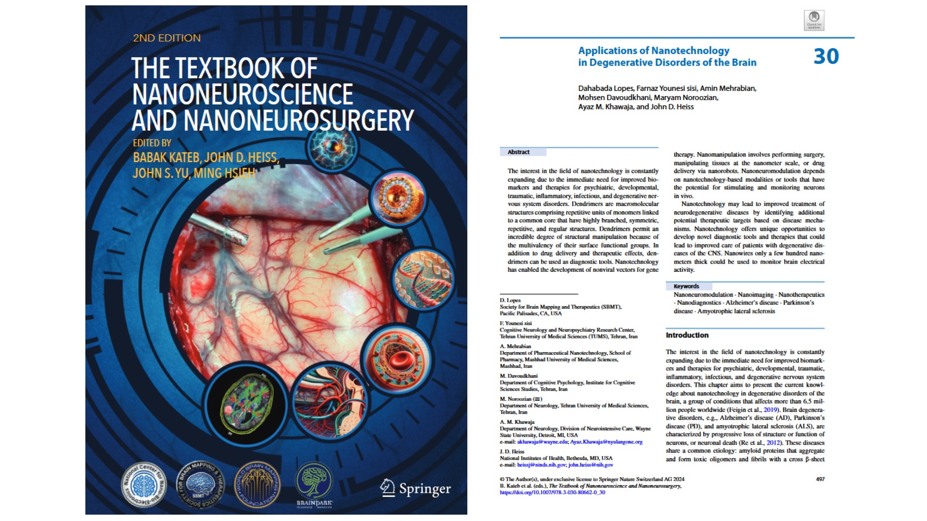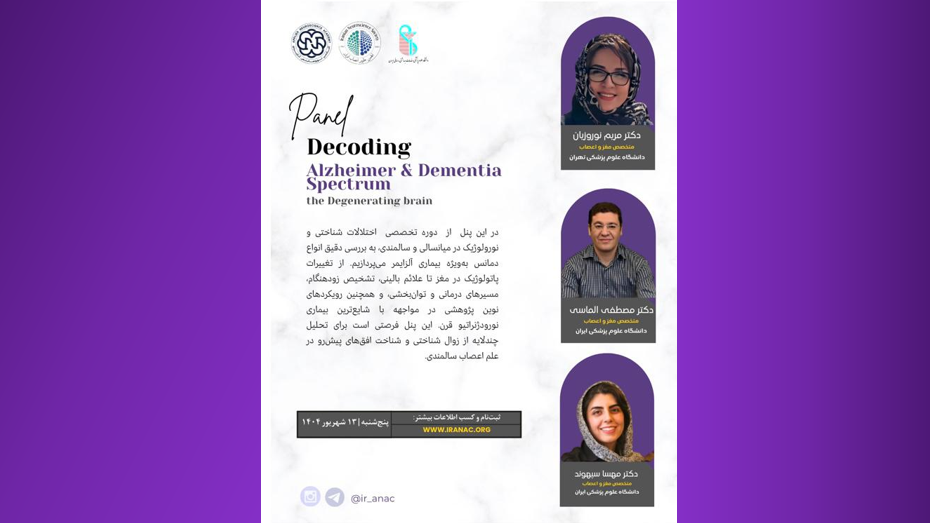بازگشت
The Textbook of Nanoneuroscience and Nanoneurosurgery

مقدمهای بر فصل سیام این کتاب:
The interest in the field of nanotechnology is constantly expanding due to the immediate need for improved biomarkers and therapies for psychiatric, developmental, traumatic, inflammatory, infectious, and degenerative nervous system disorders. Dendrimers are macromolecular structures comprising repetitive units of monomers linked to a common core that have highly branched, symmetric, repetitive, and regular structures. Dendrimers permit an incredible degree of structural manipulation because of the multivalency of their surface functional groups. In addition to drug delivery and therapeutic effects, dendrimers can be used as diagnostic tools. Nanotechnology has enabled the development of nonviral vectors for gene therapy. Nanomanipulation involves performing surgery, manipulating tissues at the nanometer scale, or drug delivery via nanorobots. Nanoneuromodulation depends on nanotechnology-based modalities or tools that have the potential for stimulating and monitoring neurons
in vivo. Nanotechnology may lead to improved treatment of neurodegenerative diseases by identifying additional potential therapeutic targets based on disease mechanisms. Nanotechnology offers unique opportunities to develop novel diagnostic tools and therapies that could lead to improved care of patients with degenerative diseases of the CNS. Nanowires only a few hundred nanometers thick could be used to monitor brain electrical activity.



